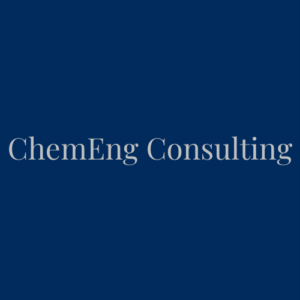Key Factors Boosting the Growth of the Water Treatment Chemicals Market
The global water treatment chemicals market is on an upward trajectory, fueled by a combination of urbanization, stringent industrial wastewater regulations, and the proliferation of desalination projects. For chemical consultants and water treatment professionals, understanding these drivers is crucial for navigating the market and capitalizing on emerging opportunities.
Urbanization: A Major Catalyst
Urbanization is one of the primary factors driving the demand for water treatment chemicals. As populations migrate to urban areas, the strain on existing water infrastructure intensifies. According to the United Nations, 68% of the global population is projected to live in urban areas by 2050, up from 55% in 2018. This rapid urbanization necessitates the expansion and upgrading of water treatment facilities to ensure a safe and reliable water supply.
Municipalities are increasingly investing in advanced water treatment technologies to meet the growing demand. Coagulants, flocculants, and disinfectants are among the most widely used chemicals in municipal water treatment. The need for these chemicals is expected to rise as urban centers continue to expand, particularly in developing regions such as Asia-Pacific and Africa.
Stringent Industrial Wastewater Regulations
Industrial activities are a significant source of water pollution, releasing harmful contaminants into water bodies. To mitigate this, governments worldwide are implementing stringent regulations on industrial wastewater discharge. These regulations mandate the treatment of wastewater before it is released into the environment, driving the demand for water treatment chemicals.
For instance, the U.S. Environmental Protection Agency (EPA) enforces the Clean Water Act, which sets stringent standards for wastewater discharge. Similarly, the European Union’s Water Framework Directive aims to achieve good qualitative and quantitative status of all water bodies. Compliance with these regulations often requires the use of specialized chemicals, such as biocides, scale inhibitors, and pH adjusters.
Industries such as power generation, oil & gas, and chemicals are major consumers of water treatment chemicals. The power generation sector, in particular, relies heavily on these chemicals to prevent scaling and corrosion in cooling towers and boilers. As regulatory pressures intensify, the demand for water treatment chemicals in industrial applications is expected to grow significantly.
Desalination Projects: Expanding Opportunities
Desalination is becoming an increasingly important solution to address water scarcity, particularly in arid regions. Desalination plants convert seawater into potable water, providing a reliable source of freshwater for municipal and industrial use. The global desalination market is projected to grow at a compound annual growth rate (CAGR) of 9.3% from 2021 to 2026, according to a report by MarketsandMarkets.
Water treatment chemicals play a critical role in the desalination process. Pretreatment chemicals, such as coagulants and antiscalants, are used to remove impurities and prevent scaling in reverse osmosis membranes. Post-treatment chemicals, including disinfectants and pH adjusters, ensure the water meets quality standards before distribution.
Countries in the Middle East, such as Saudi Arabia and the United Arab Emirates, are leading the way in desalination projects. These nations are investing heavily in desalination infrastructure to meet their growing water needs. As desalination projects expand globally, the demand for water treatment chemicals is expected to rise in tandem.
Market Data and Future Outlook
The global water treatment chemicals market was valued at $33.1 billion in 2020 and is projected to reach $46.0 billion by 2025, growing at a CAGR of 6.8%, according to a report by MarketsandMarkets. The Asia-Pacific region is expected to dominate the market, driven by rapid industrialization and urbanization in countries such as China and India.
Key players in the water treatment chemicals market include BASF SE, Ecolab Inc., Kemira Oyj, and Solenis LLC. These companies are investing in research and development to innovate and expand their product portfolios, catering to the evolving needs of the market.
In conclusion, the water treatment chemicals market is poised for robust growth, driven by urbanization, stringent industrial wastewater regulations, and the expansion of desalination projects. Chemical consultants and water treatment professionals must stay abreast of these trends to capitalize on the opportunities presented by this dynamic market.
Conclusion
The water treatment chemicals market is undergoing significant transformation, shaped by urbanization, regulatory pressures, and technological advancements. As the demand for clean water continues to rise, the role of water treatment chemicals becomes increasingly critical. By understanding the key drivers of market growth, chemical consultants and water treatment professionals can position themselves to thrive in this evolving landscape.
